Ethnobotany of the
Big Bear Lake area, California
Part 3
|
Penstemon labrosus
Penstemon grinnellii
Penstemon rostriflorus
Mountain Bugler
Other species of Penstemon are used (as a leaf-tea) to combat chills and
fevers. |
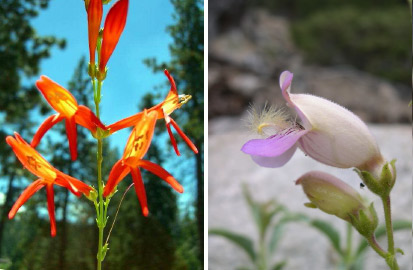 |
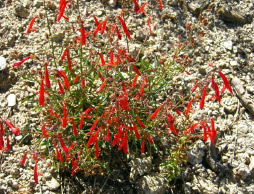 |
| |
|
|
| |
Phoradendron juniperinum - Juniper Mistletoe
The berries are said to be edible. The plant is crushed and applied to
warts to lessen them. |
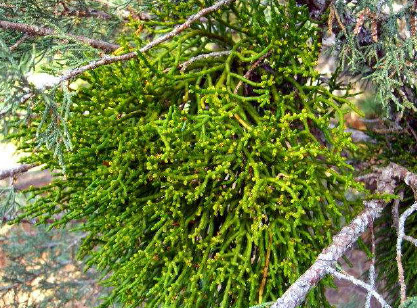 |
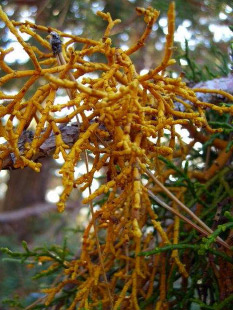 |
| |
Pinus contorta - Lodgepole Pine
A tea from the buds and pitch is taken for stomach aches and coughs. |
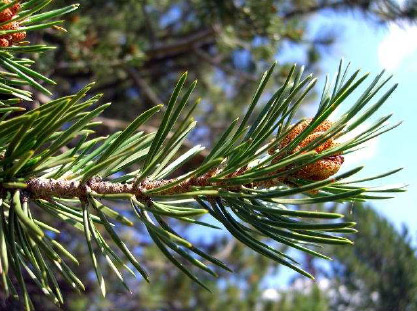 |
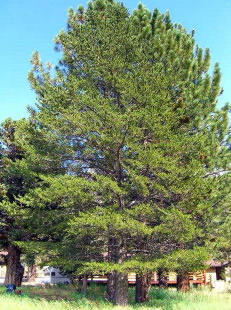 |
| |
Pinus jeffreyi - Jeffrey Pine
The seeds are edible raw and cooked. On some trees, the pitch is
relatively sweet and can be sucked on. Incidentally, the zero-point in
the octane rating for gasoline is based on the purity of the heptane
found in the pitch. |
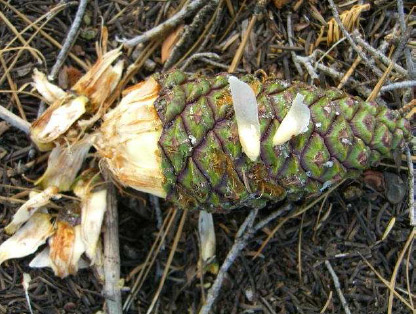 |
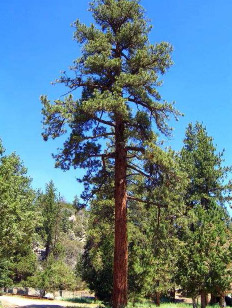 |
| |
Pinus monophylla - Pinyon Pine
This is the source of commercial pine nuts. |
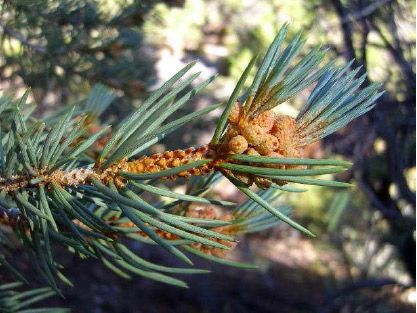 |
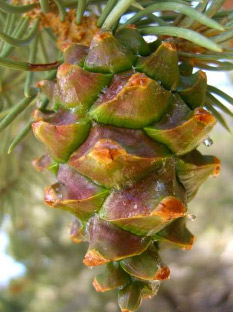 |
| |
Polygonum arenastrum
Polygonum douglasii
Knotweed
While it is said that a poultice made from these plants can ease a sore
back, I haven’t found it to be any more effective than a plain,
herb-less poultice. - |
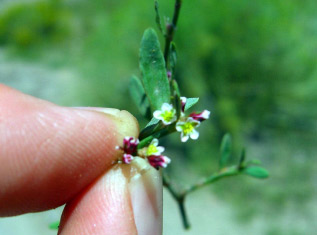 |
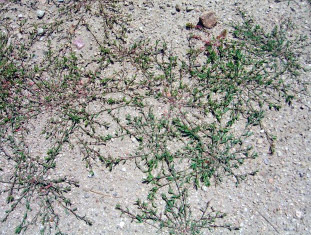 |
| |
Potentilla glandulosa - Cinquefoil
A tea made from the whole plant has been used as a stimulant. Perhaps my
modern-diet-influenced physiochemistry doesn’t allow me to sense the
effects. |
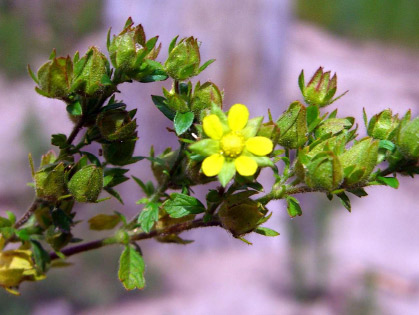 |
| |
Pteridium aquilinum - Bracken Fern
I have eaten the “fiddleheads” (immature, curled, un-expanded fronds) up
to 9 inches tall, boiled, with no ill effects. The commercial
fiddleheads are of the Ostrich Fern, but many other baby ferns can be
eaten when boiled. Mature ferns can rob your body of B vitamins and
perhaps cause cancer over the long run. Dried, baked, peeled, and
pounded roots (similar processing to the preparation of Cattail roots)
are edible--slightly sweet and very starchy. The roots also generate a
decent soap when crushed in water. I have gotten close to generating a
hand drill ember with the stem of large specimens. |
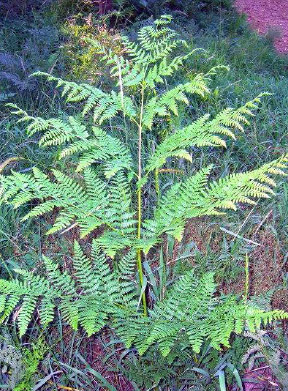 |
| |
Ribes cereum - Wax Currant
The berries and flowers are edible raw and cooked. Palatability differs
from region to region. |
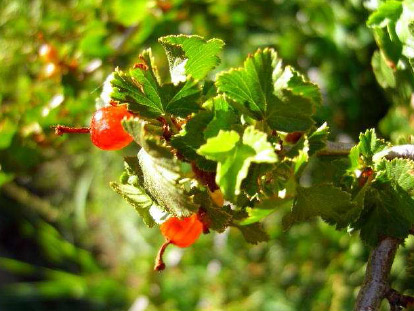 |
| |
Rosa californica - California Wood Rose
The flowers make an excellent tea. The fruits can be eaten raw and
contain high levels of Vitamin C. The hairs surrounding the seeds can
irritate your GI tract, so be careful in removing seeds and washing out
the inside of the fruit before consuming. The stem (thorns removed) make
decent hand drill spindles. |
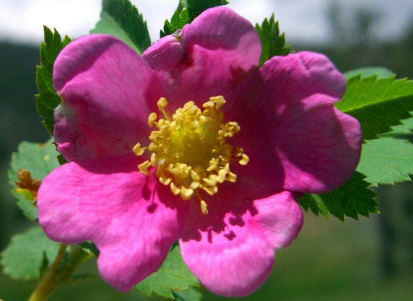 |
| |
Salix lasiolepis - Pacific Willow
A tea from the bark can help treat colds, chills and fevers. The inner
bark can be twined into a passable cordage. The stems can be used to
make baskets and dreamcatchers. |
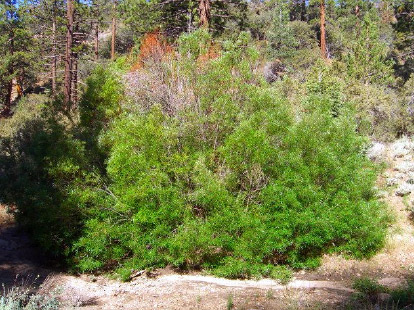 |
| |
Salvia pachyphylla - Rose Sage
The flowers and leaves make an exceptional spice, used fresh or dried
and ground-up. Fantastic! |
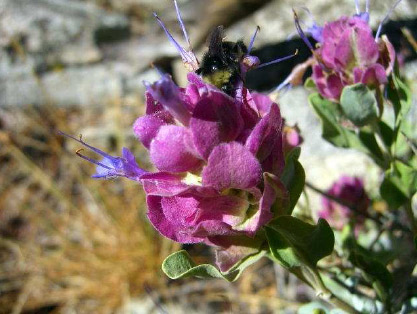 |
| |
Sarcodes sanguinea - Snow Plant
This showy, parasitic plant is a bland edible when cooked (used by the
Miwok as a vegetable). |
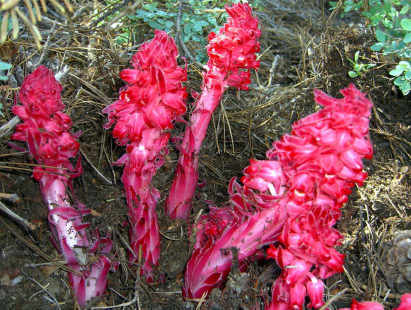 |
| |
Sisymbrium altissimum - Tumble Mustard
The seeds (in pods called siliques) are edible, raw and cooked. I have
eaten the whole, above-ground portion of this plant without adverse
effects. |
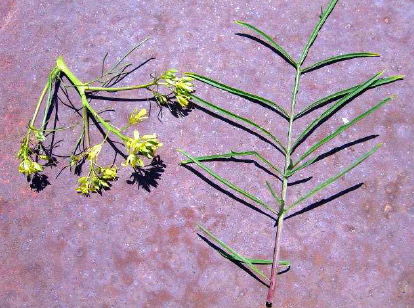 |
| |
Solanum xanti - Blue Witch
The plant can be applied (poultice) to sores and swellings to ease them
and facilitate healing. |
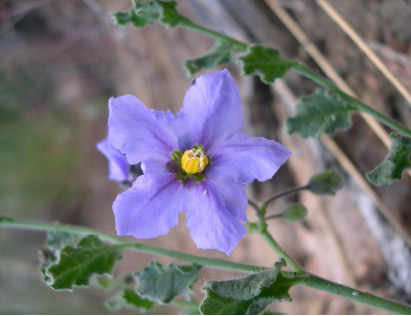 |
| |
Solidago confinus - Goldenrod
When cooked, the young leaves and stems are quite agreeable to the
palate. In a poultice, the root can soothe burns. The leaves are
antiseptic and can be applied to wounds to stop bleeding. The plant
contains antifungal saponins, therefore it has been used to control
Candida infections as an external wash (using a tea made from the
foliage). The tea also makes an excellent mouthwash. |
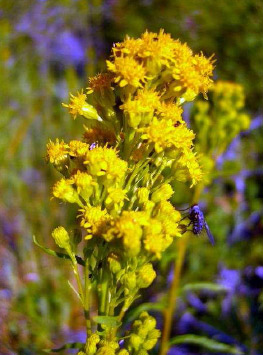 |
| |
Sonchus asper - Prickly Sow Thistle
The leaves, stems and flowers are edible boiled. |
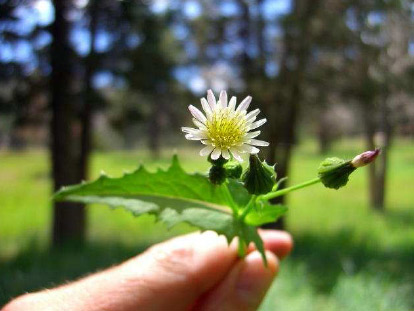 |
| |
Sphaeralcea ambigua - Globe Mallow
The crushed, raw root can be applied (poultice) to joint swellings for
relief. I’ve used this medicine successfully a number of times. |
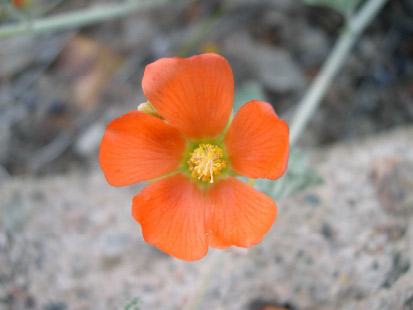 |
| |
Sphenosciadium capitellatum - Ranger's Buttons
A root tea can be applied to your hair to repel and remove lice. The tea
is said to also be effective (applied externally) against venereal
sores. |
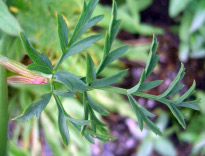 |
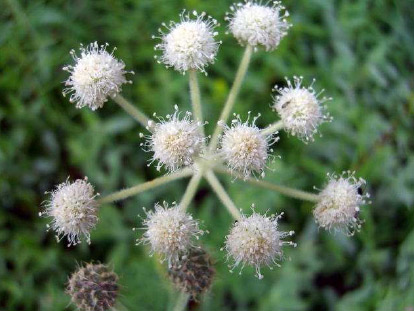 |
| |
Stachys albens - Woodmint
The leaves give cold and hot water a subtle minty taste. |
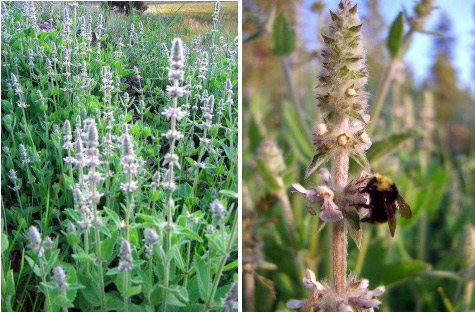 |
| |



